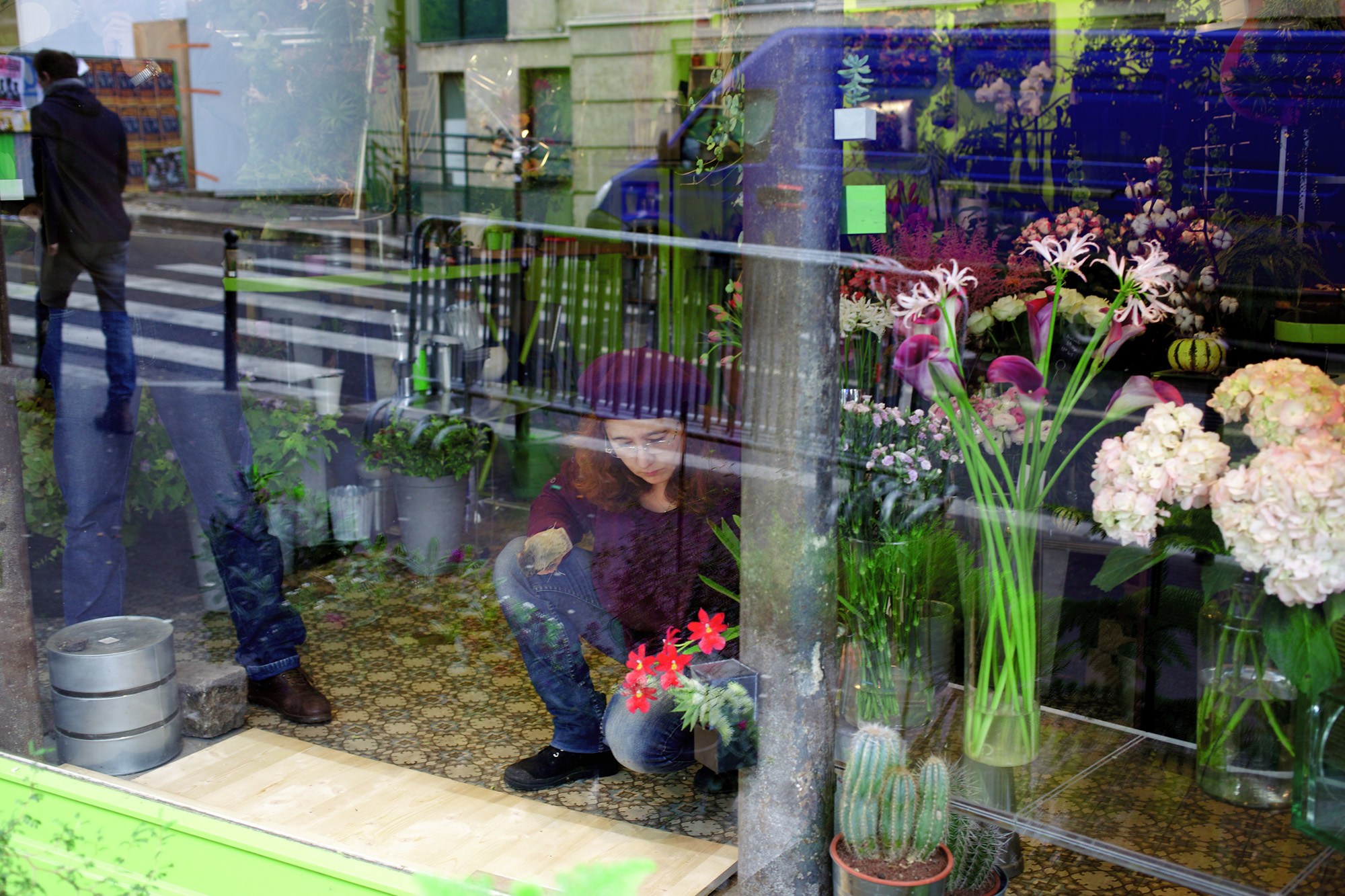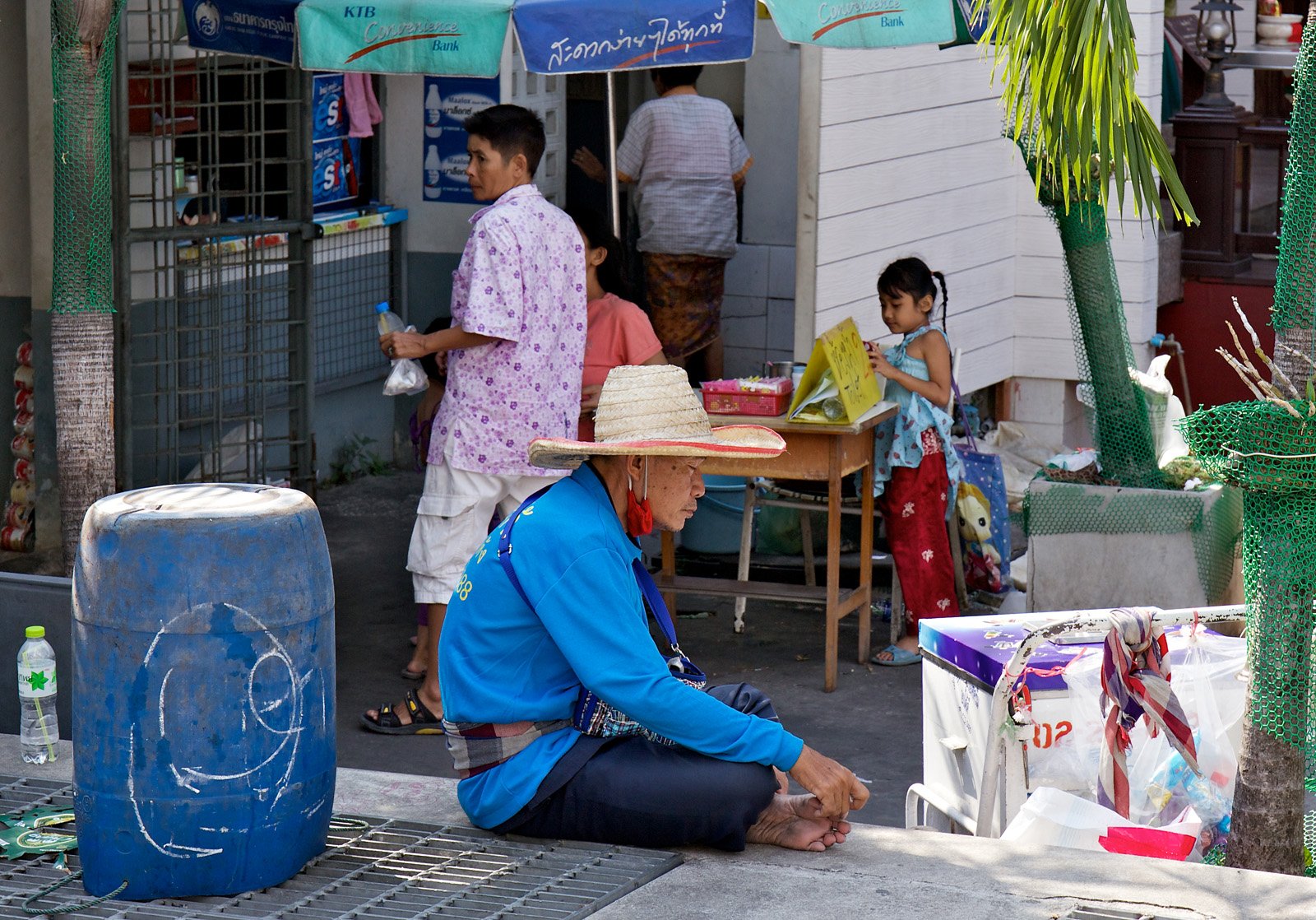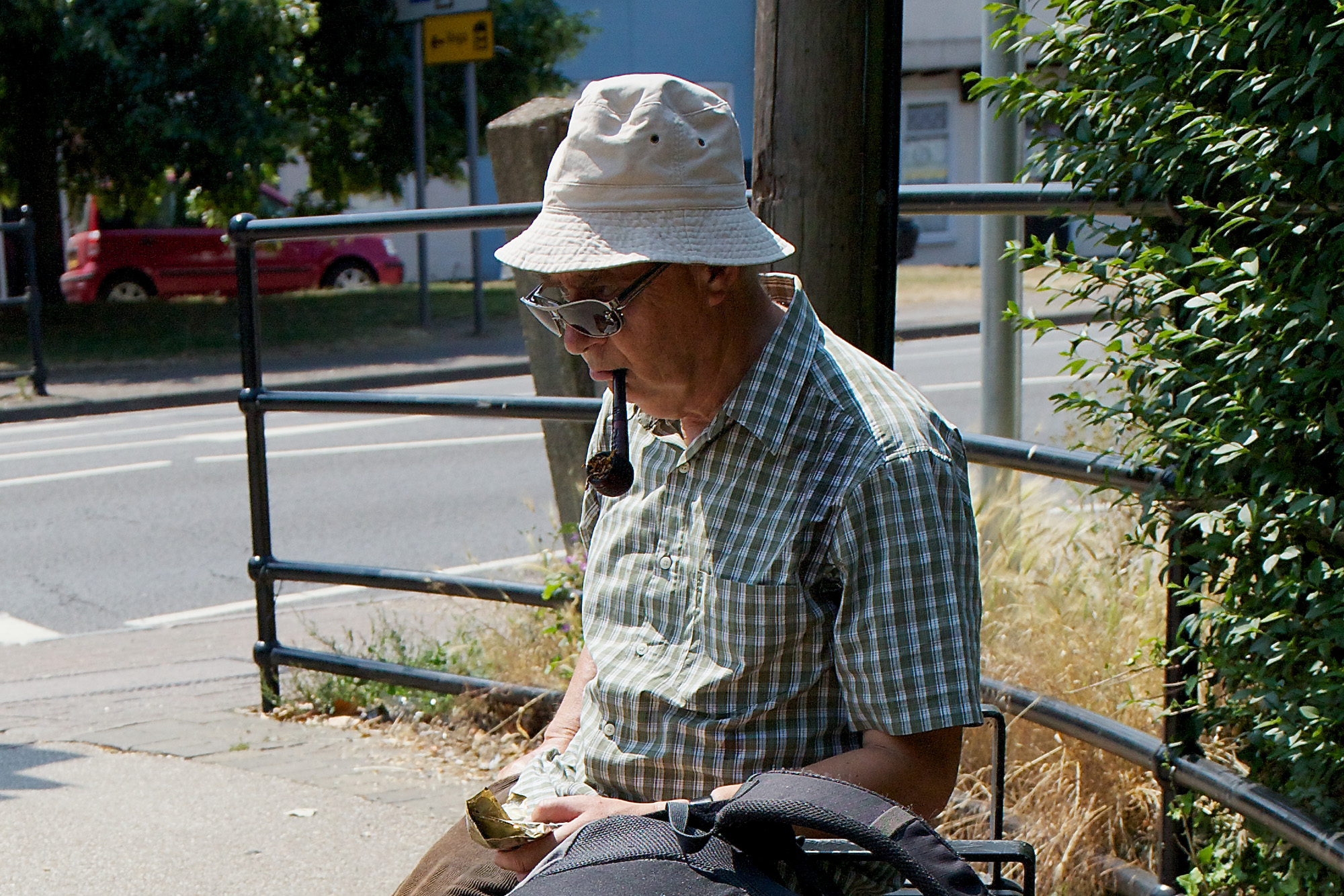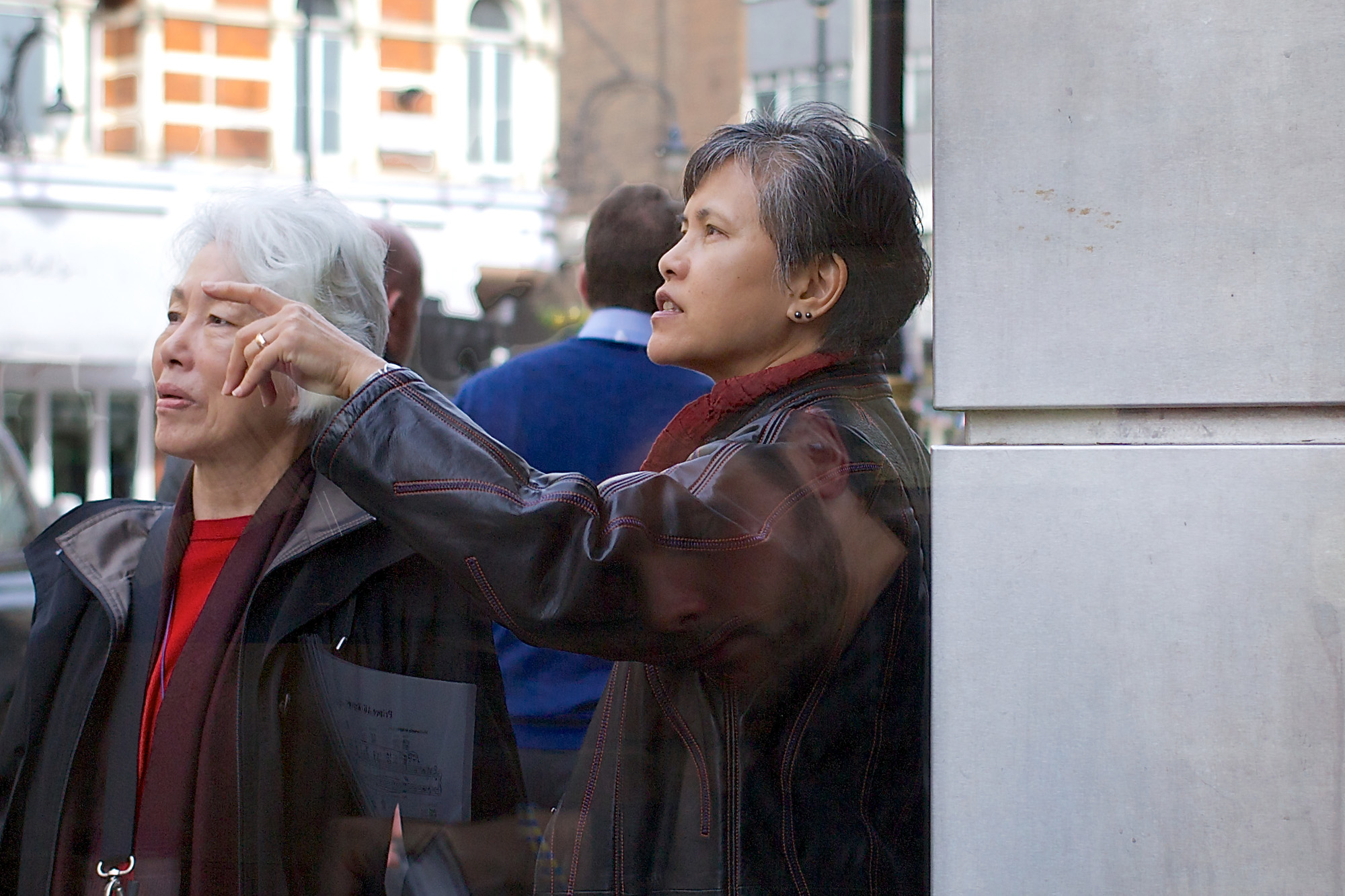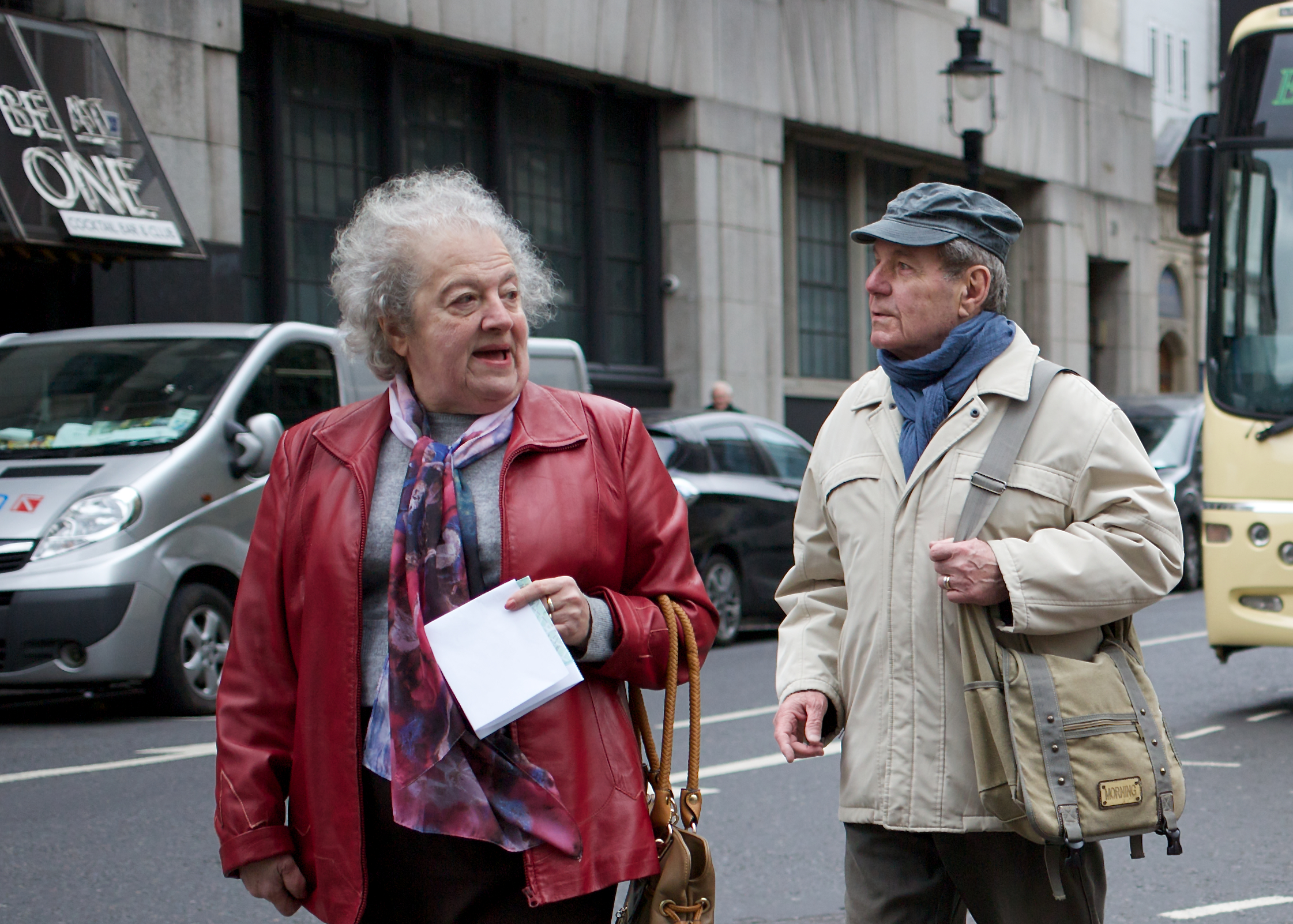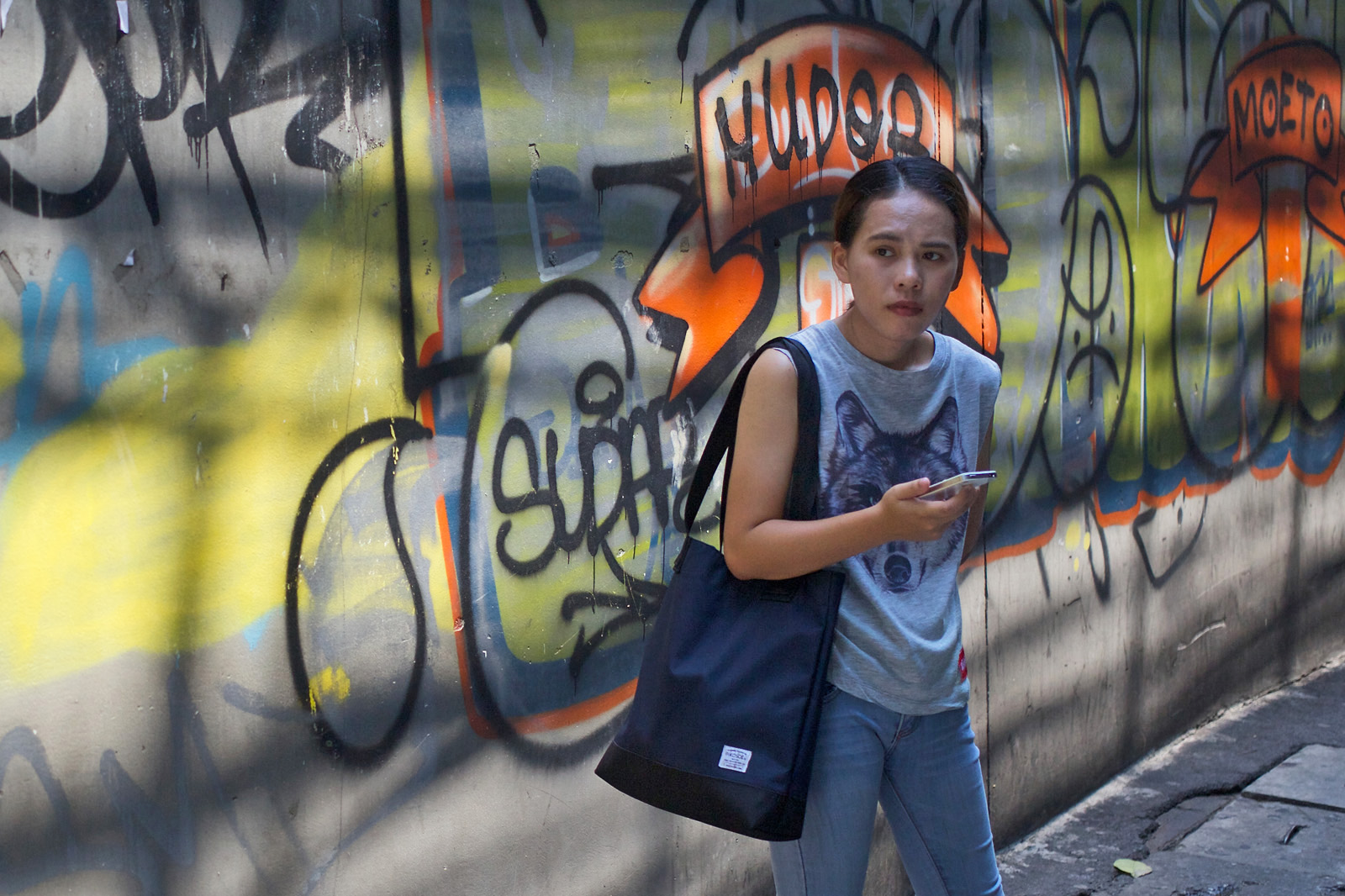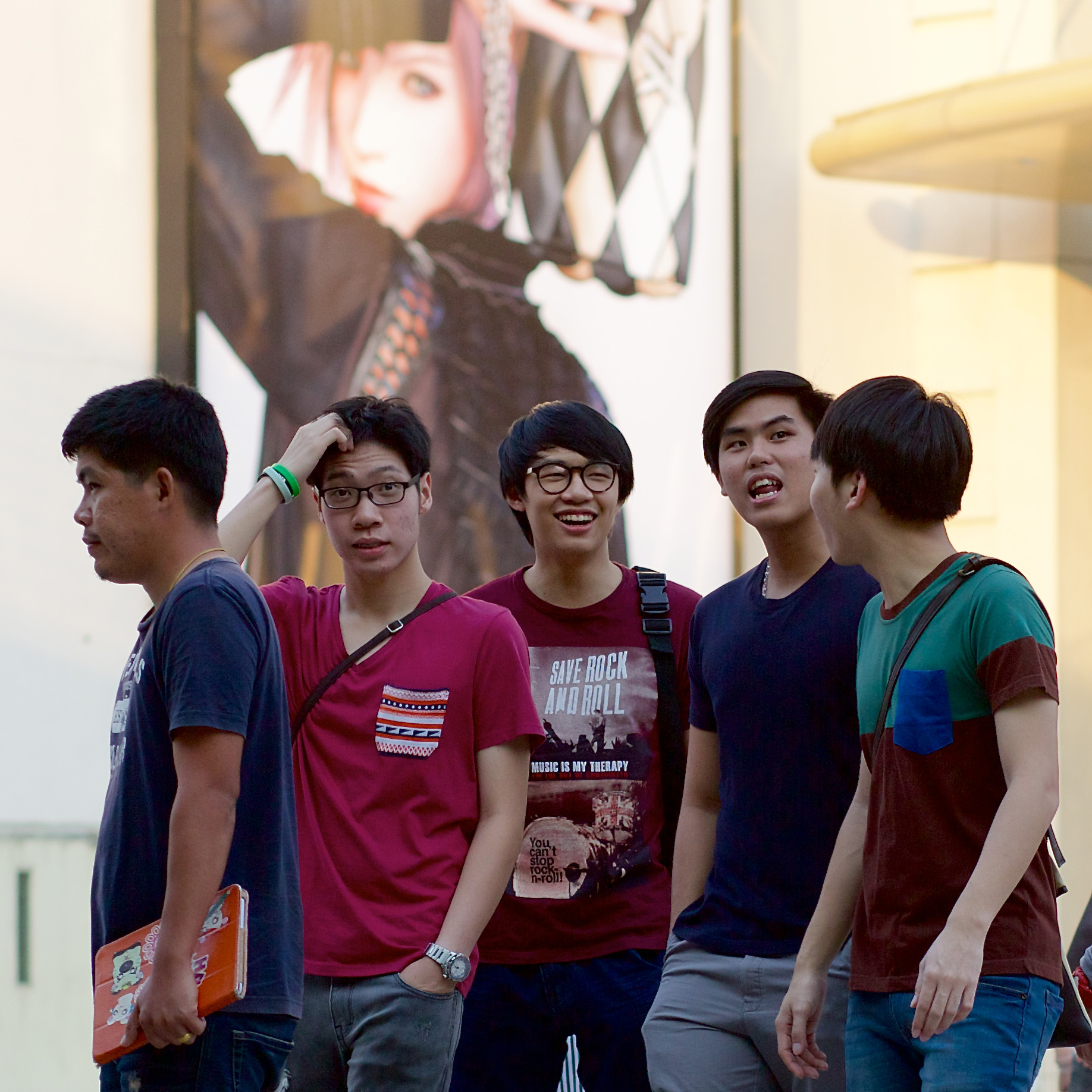Were you born and brought up in a city? Let us assume you were. You know every neighbourhood, every shortcut, every bridge and underpass. So who could be better than you to take street photos in this wonderful metropolis?
You have one or two big advantages. You’re there. That’s a good start. You know your way around. You know the look and feel of various districts, which ones are safe and where you need to take extra care. You also know what these places look like in different weather conditions: Washington Square under snow; Place de la République in the rain. All these advantages give you a head start.
Breezing In
But what happens? A street photographer breezes in from abroad and sees your city with fresh eyes. He finds artistic possibilities in places you’ve overlooked because of their familiarity, their ordinariness.
To the foreigner, everything in your city is exotic. A commonplace object or an activity that’s taken for granted may, to the foreigner, assume a symbolic meaning that’s completely lost on you. Let me give you an example.
No Offence Meant
I was travelling across the island of Phuket with a well-known Thai artist. I think one of my comments may have offended him.
We were overtaking lots of people on scooters: one, two, or three people on each one, and occasionally a family of five! I said: “I think the scooter symbolises something about Thailand. I wonder if I could get a classic shot to express that idea?”
I was expecting the artist to make some sort of comment in reply, or at least ask: “What does it symbolise?” But he acted as though I’d said nothing at all. Maybe he was thinking of all the more elevated concepts one could use to symbolise his country: the monarchy, the palaces, the native flora and fauna.
But as I tried to explain (still without any response), to my foreign eye the scooter symbolises the plucky determination of the Thai people, their almost contradictory ability to accept limitations while finding a way to circumvent them. No one in Europe or America transports a family of five on a Lambretta, do they? Yet in a vibrant, developing country where everyone’s an entrepreneur, the scooter is a symbol of progress and energy. It’s optimistic! You have to be optimistic when you’re five-up on a bike without crash helmets.
Thinking back on this episode I can understand it from the artist’s point of view. He probably felt I was belittling his country when in fact the opposite was true. You can’t belittle a country by drawing attention to some of its most admirable qualities. I was looking at something which he overlooks because it’s so commonplace. Ubiquitous subjects like scooters in Thailand or salarymen in Tokyo can tell us much about a society, if only we can see them with fresh eyes.
A Reason to Travel
My example gives you an excellent reason for travelling. Go to foreign places. Look at them objectively and try to figure out what’s going on. You don’t need a deep understanding of a country to take great street photos, but I think you do need a feel for the place and its people. Every city has different moods, depending on where you go. In Bangkok I can always get happy pictures in Asiatique, sad ones on Charoen Krung, gritty ones just about everywhere. The impression you give to those who look at your images will be governed by what catches your eye and the thought you put behind it.
Please don’t ask me: “Where should I go?” Any country, any city is a potential source of great subjects. I’m aware that some countries are much more favourable than others towards street photographers. If you’re in Vienna and you want to take a photo that has one or more Austrians in it you’re supposed, by law, to get their permission. Yes, that’s an absurd law, as is any law which is totally unenforceable — and it may have an inhibiting effect on street photography.
The French have passed a similar law, making Paris — once the home of street photography — another place where photographing strangers in public is deemed to be an invasion of their privacy. Frankly, I just ignore it. I doubt if this lady in the florist shop (below) would object to my candid picture of her, tending the flowers.
Different Mindsets
My one word of warning is not about the law, or even about the dangers of venturing naively into tough areas, it’s this: Don’t confuse travel photography with street photography.
These two activities demand different mindsets. In a sense, the travel photographer never really leaves home: he or she simply brings back memories of foreign places. But the street photographer is really there: up close and personal, getting under the skin of a place and inside the minds of its people.
To practice street photography successfully in foreign cities you really need to extend your stay until you’re no longer a traveller. Settle down for a month or two, if time permits. Get to know the city. When your eyes become jaded, go home.
You’ll bring back more than memories.


